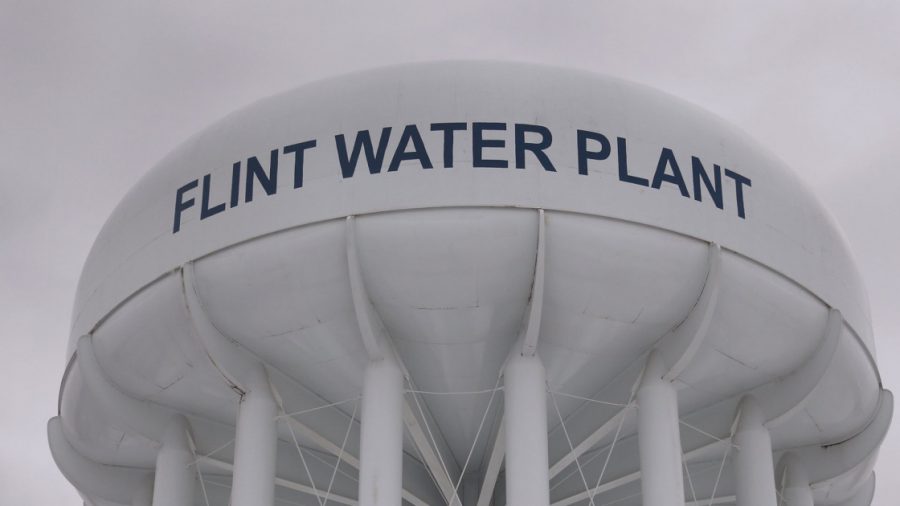Six years later, Flint still in crisis
In April of 2014, now six years ago, Flint, Michigan was at the top of headlines for its water contamination crisis. The city management had switched the drinking water system from Detroit’s system to Flint River in a cost-effective initiative unaware of the dreadful events to follow. The change was intended to only be temporary as there was an even bigger project that was to follow, the usage of Karegnondi Water Authority, a municipal water distribution company.
Flint, a city that once thrived off of the automotive industry in the 1970s is now enduring the disastrous effects of contaminated water. The Flint community was given notice about the harmful bacteria contaminants multiple times throughout this six-year period, but the government had lifted these notices, engaging in the forever mistrust between elected officials and the surrounding community.
The shift to using the Flint River as a source for water conveniently coincided with the third largest outbreak with Legionnaires’ disease, a pneumonia-like illness. Twelve deaths related to the disease were recorded in Flint. This is only the beginning of a long journey of recorded illnesses, as there are still many Flint citizens living through the consequences of using contaminated tap water.
The Environmental Protection Agency originally detected large amounts of lead in the water after hearing a complaint from a Flint resident. The mother of four reported seeing pieces of dark sediment in her discolored tap water. It was later released that the lead concentration in her tap water was 6 times higher than EPA regulations.
After hearing the news, county officials voted 7-1 to stop using the Flint River water. Despite the results, the state-appointed emergency manager overruled the vote deeming it “incomprehensible” and that water bills would catapult. According to Michigan Live, he claimed that “the water from Detroit is no safer than the water from Flint.” That statement did not age well as residents of the area began to develop rashes, hair loss, and erratic blood pressure levels.
Lead contamination in water used in contact with the skin is detrimental. It is easy to overthink the use of water in your daily life, but when looked at carefully, one uses it for nearly every activity of the day. Cooking pasta, taking a shower, washing the dishes, brushing one’s teeth, washing the clothes. It is intertwined into our lives, as it is deemed as life’s necessity.
Cancer, diverticulitis (a digestive disease), memory loss, and anemia are just a few symptoms from the long list related to lead contamination. In addition to this, children are bearing the repercussions as well. According to CBS News, “Three years after the crisis began, the percentage of third-graders in Flint who passed Michigan’s standardized literacy test dropped from 41% to 10%.” Flint resident, Jeneyah McDonald pleads, “As a parent, I feel helpless.”
It is important to note that Flint is not the most prosperous city. As of 2018, the city has a median household income of $27,717 and a poverty rate of 41.2% according to the US Census Bureau. African Americans comprise a majority of the population at 53.7It is a fair point to argue that Flint was racially targeted with its most prominent race being Black. A sad parallel can be seen among those who were denied water (a basic human necessity might I add) based on their race and the current situation that Flint residents endure.
At a time where resources are scarce, Flint is suffering yet another indefinite catastrophe. Many have limited work hours or were even laid off. Due to the mistrust of the government, Flint residents still resort to bottled water, which is an extreme expense when earning less than half of the average US income. Many look to churches and food banks for their water supply.
There still lies many obstacles today as approximately 1,000 households have not received the proper pipe replacements as of November 2019. No recent updates have been made since.
The true problem in Flint, according to many residents, resides in the lack of transparency and morally corrupt leadership among the past government officials (who have either been charged or on trial for pursuing criminal acts). The simple decision to move the city’s water source for a more cost-friendly approach has overwhelmingly characterized how the city of Flint is viewed by outsiders.







